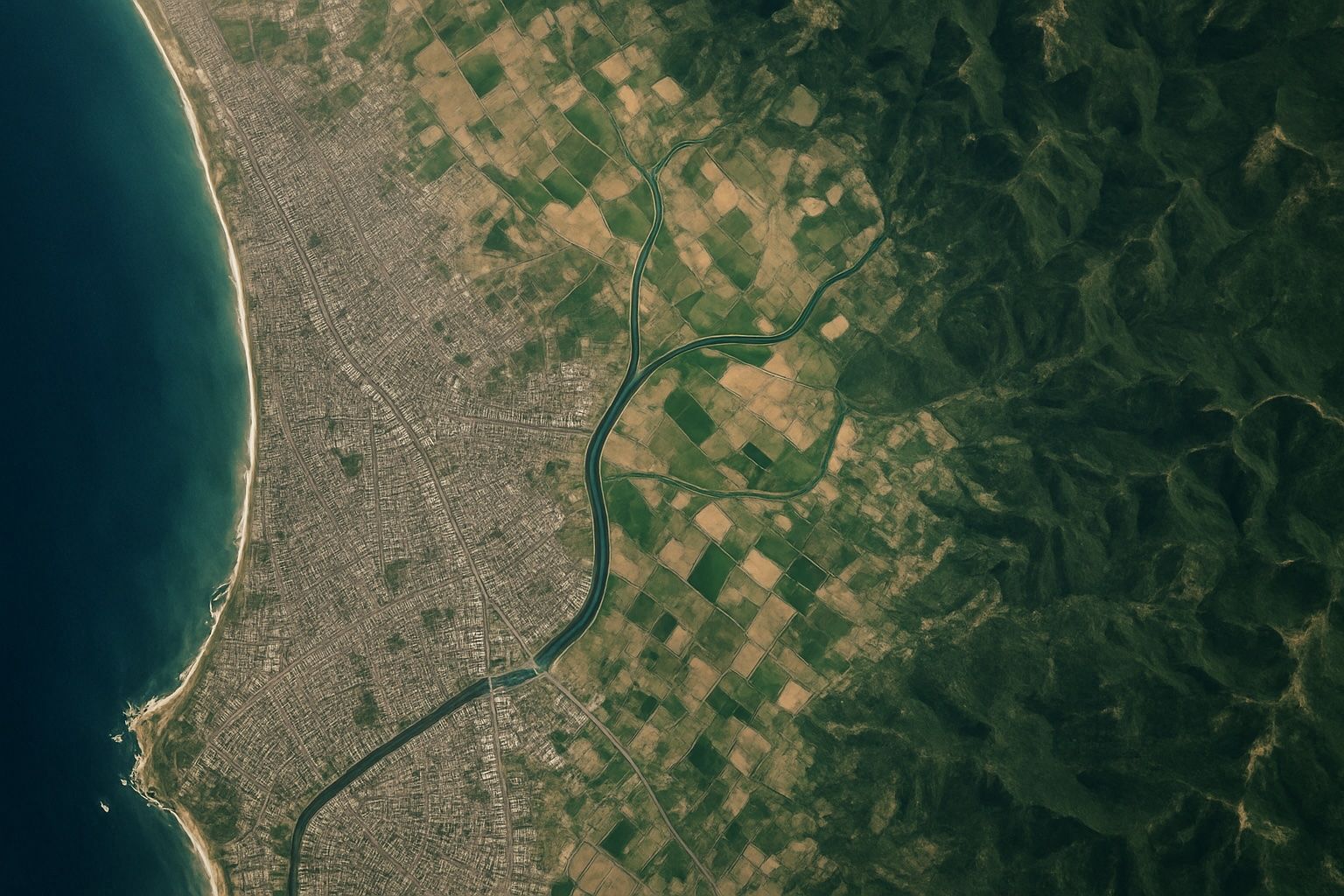
Radar Vision Boom: Why High‑Res SAR Imaging is Skyrocketing Toward 2030
The global high-resolution SAR imaging market was about $5.4 billion in 2024 and is forecast to reach about $11.6 billion by 2030, a CAGR of roughly 13%. Capella Space had around 10–15 satellites in 2024 delivering 0.5 m and 0.25

